This page shows new AWR feature offerings for RF designers working on 5G NR systems, sub-systems or components.
License requirements: VSS Time Domain and the 5G Library (VSS_250+ and W5G_100)
|
Jump-start RF Designs Using Pre-configured Test Benches with 5G NR Signals and Measurements Verify Component or Subsystem Performance with 5G NR standard Test Model Signals |
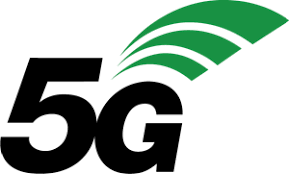
|
This page shows new NI AWR feature offerings for RF designers working on LTE, 5G and NB-IoT systems, sub-systems or components.
Jump-start RF design by using pre-configured test benches with LTE, 5G and NB-IoT signals and measurements.Climb the 5G learning curve quickly with candidate modulation schemes, Verizon 5G Technical Forum signals, and NB-IoT and LTE coexistence studies.Complete faster LTE compliance tests with the improved LTE test benches. |
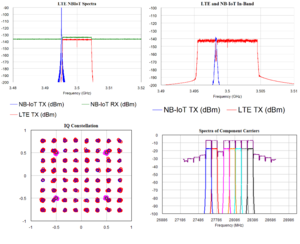
|
|
|
|
Updated Downlink LTE TX Test benchThe project will open, tile the relevant Graph and System Diagram windows, and simulate. License requirements: VSS-350
|
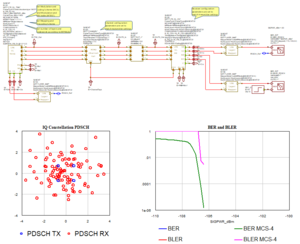
|
|
|
|
Verizon 5G Test bench with up to 8 Aggregated CarriersThe project will open, tile the relevant Graph and System Diagram windows, and simulate. License requirements: VSS-250 or greater and the 5G Library (W5G-100)
|
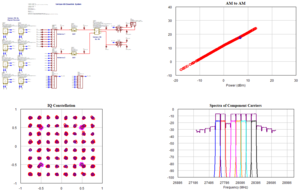
|
|
|
|
New Radio (NR) TX TestbenchThe project will open, tile the relevant Graph and System Diagram windows, and simulate. License requirements: VSS-250 or greater and the 5G Library (W5G-100)
|
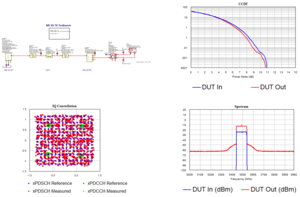
|
|
|
|
NB-IoT and coexistence with LTEIllustrates NB-IoT signals and evaluates performance when operating adjacent to or inside an LTE band. License requirements: VSS-350 and the 5G Library (W5G-100) |
|
NB-IoT operating in LTE guard bandThe project will open, tile the relevant Graph and System Diagram windows, and simulate.
|
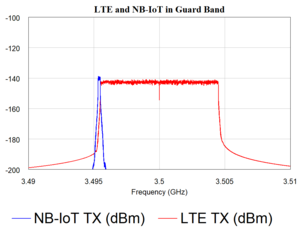
|
NB-IoT operating in LTE in-bandThe project will open, tile the relevant Graph and System Diagram windows, and simulate.
|
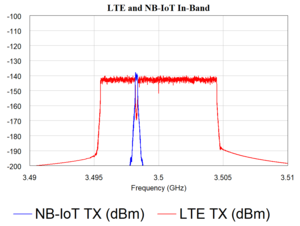
|
NB-IoT and LTE coexistenceThe project will open, tile the relevant Graph and System Diagram windows, and simulate. Note that the BER simulation takes about 17 seconds to complete. If still running, stop the simulation when ready to move on to the next project.
|
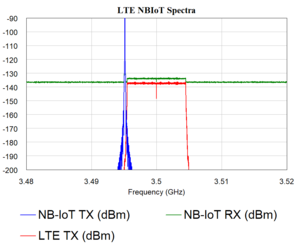
|
This page shows new NI AWR feature offerings for RF designers working on 5G systems, sub-systems or components.
License requirements: VSS-250 or greater and the 5G Library (W5G-100)
Jumpstart RF design by using preconfigured test benches with 5G signals and measurements.Climb the 5G learning curve quickly with candidate modulation schemes, Verizon 5G Technical Forum signals, and NB-IoT and LTE coexistence studies! |
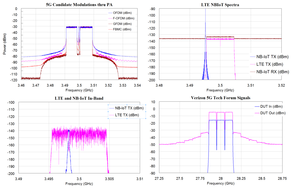 |
|
|
|
5G Candidate Modulation SchemesThe project will open, tile the relevant Graph and System Diagram windows, and simulate.
|
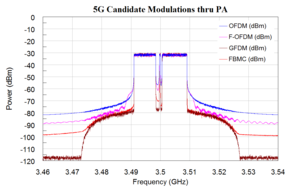 |
|
|
|
Signals specified by Verizon 5G Technical ForumThe project will open, tile the relevant Graph and System Diagram windows, and simulate.
|
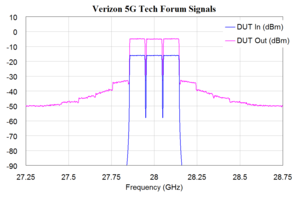 |
|
|
|
NB-IoT and coexistence with LTEIllustrates a NB-IoT signals and evaluates performance when operating adjacent or inside an LTE band. |
|
NB-IoT operating in LTE guardbandThe project will open, tile the relevant Graph and System Diagram windows, and simulate.
|
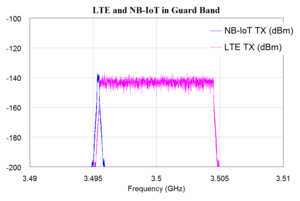 |
NB-IoT operating in LTE in-bandThe project will open, tile the relevant Graph and System Diagram windows, and simulate.
|
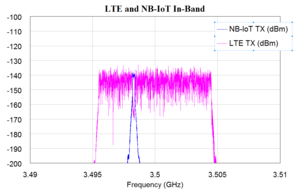 |
NB-IoT and LTE coexistenceThe project will open, tile the relevant Graph and System Diagram windows, and simulate. Note that the BER simulation takes a long time to complete so stop the simulation when ready to move on to the next project if it is still running.
|
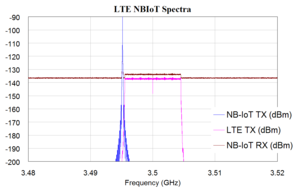 |